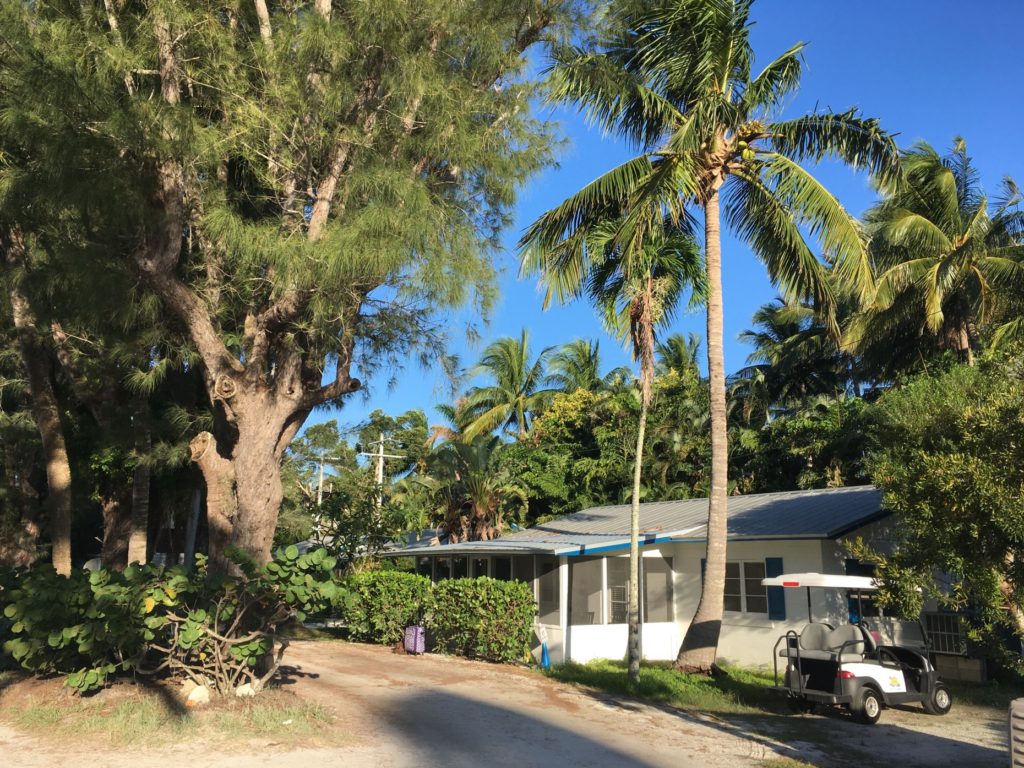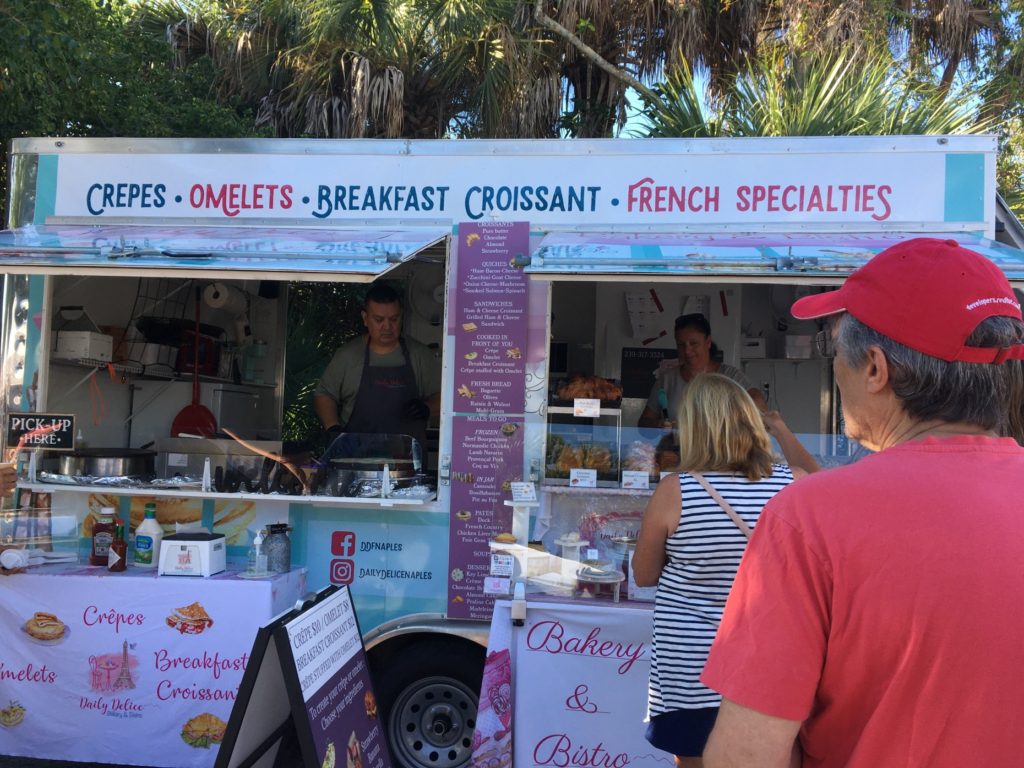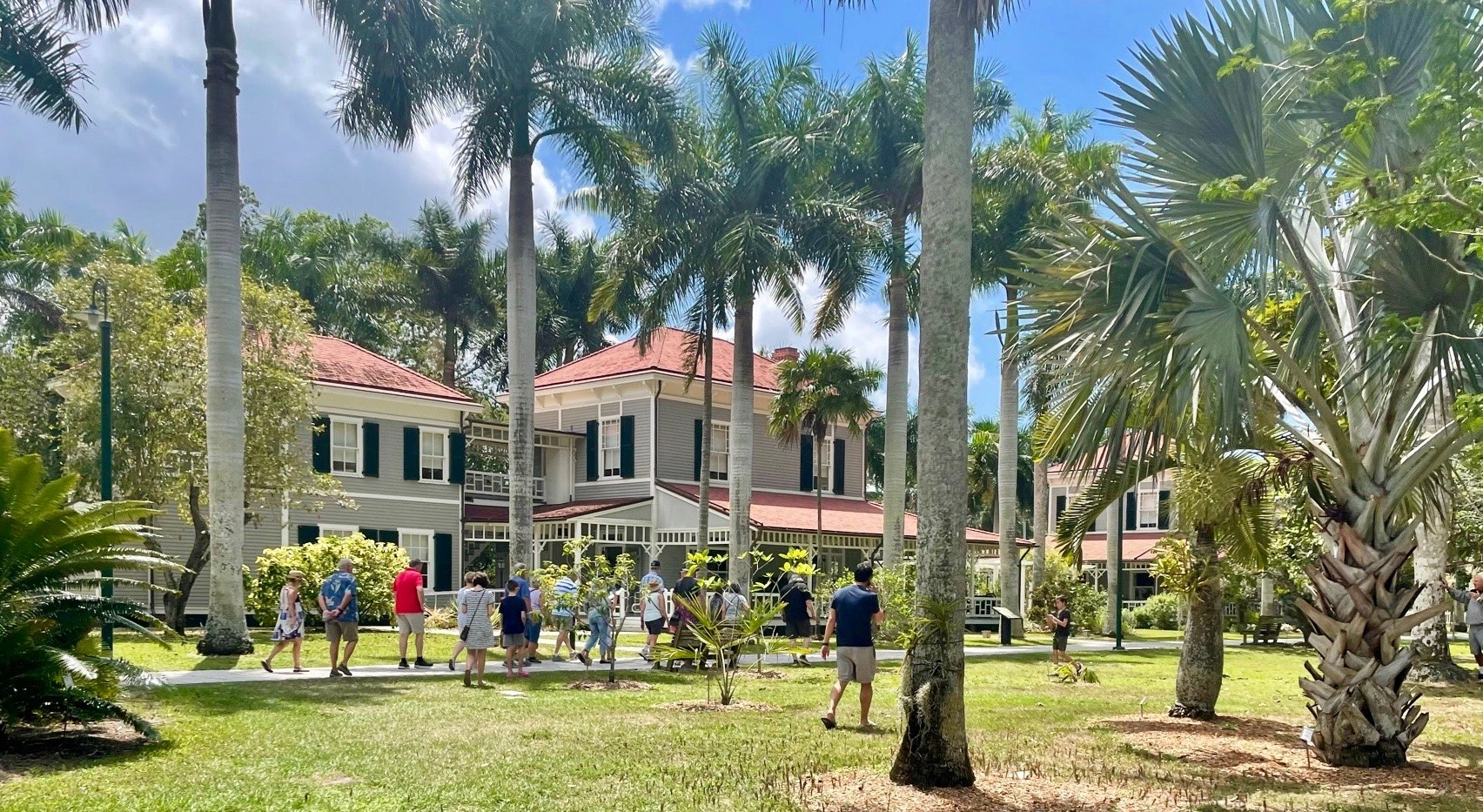Florida’s tropical Captiva and Sanibel islands, just off Fort Myers, feed body and soul
Legend has it that Captiva’s name came from the Spanish pirate Gasparilla’s “Isle de los Captivas,” where he held captured women he sought to ransom. Although it’s a great story, no one even knows if the pirate José Gaspar existed.
Stories abound on Captiva, a sleepy Gulf of Mexico island that has captured the hearts of wannabe beach bums and those embracing social distancing for places with spaces. With fewer than 500 residents, visitors come to see sunsets, fuel up on seafood, gather shells on sugary-white beaches and dream as they hear breezes whisper in the palms.
Those folks, especially, find Florida’s Sanibel and Captiva islands perfect for enjoying the tropics as they escape winter’s cold.
Reachable by toll bridge a half-hour’s drive from the Fort Myers airport, the two islands were one until split by hurricanes in the 1920s. When the 3-mile-long causeway from the mainland opened in the 1960s, the islands became so popular that strict zoning codes were enacted to preserve them. The $6 toll discourages crowds.

Tin-roof cottages at Jensen’s Marina capture an old Florida ambiance far from the fray on Captiva. (Janet Podolak)
Today, much of both islands, including the 6,400-acre J.N. Ding Darling National Wildlife Refuge, is undeveloped and devoted to nature.
Captiva has just two resorts — ’Tween Waters Inn and South Seas Resort. Vacation rentals include private homes, small inns and Air BnBs.
I stayed in a laid-back 1947 tin-roofed cottage at Jensen’s Twin Palm Marina, where a rented golf cart took me to dining, shopping and sunset-viewing. The marina is an ideal place to rent a boat or kayak, catch a water taxi, or join an excursion to more remote islands, such as Cabbage Key. (See my story on this blog.)
The pleasures of Captiva are definitely of the natural variety on beaches and coastal mangroves and among its tall trees, forests and ocean inlets. Several nice restaurants and a couple of bars, many with sunset views and in easy walking distance of one another, keep visitors happy.
For me, a two-minute stroll to the dock at Jensen’s Marina revealed a gathering place for manatees. At least six of them rolled, splashed and frolicked with each other in the shallow waters, sticking up their cute pug noses for a breath of air. Later, on a visit to the wildlife refuge, a naturalist told me it was mating season for manatees, mammals weighing up to 1,300 pounds.
“You probably were seeing a female manatee in heat surrounded by several males competing for her attention,” she said.
Manatees seem to recognize humans as fellow mammals, but they’re protected, and touching them is prohibited. The scars you see along their backs are often from boat propellers.
Other creatures here include dolphins, sea otters, alligators, red-bellied turtles and gopher tortoises. On an island-hopping boat trip for lunch at Cabbage Key we passed a cluster of freestanding fish shacks, some still in regular use, with ospreys, egrets and cormorants perched on their roofs for their own fishing forays.
Shell mounds, left behind by the original Calusa Indians, still populate the barrier islands with signage and trails throughout the region. The Indians were wiped out with the arrival of the Spanish in the late 1700s.
Considering its small size, Captiva has many eating and drinking options, many with intriguing stories behind their establishments. The west-facing island boasts many sunset spots, including the English-pub-style Mucky Duck Neighborhood Pub, the beach-themed Doc Ford’s Rum Bar & Grille and the Green Flash, which actually faces east but has great views.
A group of us went to The Bubble Room, begun in 1979 around a kitschy collection of old toys that today cover every inch. It’s best known for its huge cakes.
Insight into the culture of the offshore islands is found along with fresh produce and prepared foods at Sanibel Island Farmers Market, which reigns from 8 a.m. to 1 p.m. each Sunday off Sanibel’s Periwinkle Way main drag.
“Each of our markets reflects what its customers want,” said Jean Baer, market manager with Betsey Ventura for six area farmers markets organized as Local Roots LLC. “On Sanibel, we do a brisk business in picnics, for cocktail parties and takeaway meals.”
Florida’s growing season is far different from that up north, so market season opens in October and runs through April. Florida’s hot summers and rain discourage crops in summer. Tomatoes grown in Florida are harvested through the winter, and strawberries are freshly picked and delicious from December through March.

Delicious, succulent tomatoes are available through the winter at the Sanibel Farmers Market. (Janet Podolak )
“People here tend to gather early for wine or cocktails and then go out to dinner in a group,” said Loretta Paganini, a Chester Township-based chef who has a winter home here with her husband, Emil.
Paganini offers cooking classes on Sanibel each January, and they have become a tradition among many. The next classes are set for 10 a.m. on Jan. 24, 25, 26 and 27, each followed by a meal of the foods prepared in them. (Call 440-729-1110 or visit lpscinc.com for more information.)
Although some of the 50 vendors and visitors wear masks and observe social distancing, pandemic protocols at the Sanibel Island Farmers Market are much different from those at home. Customers there are permitted to handle and choose their own produce, many vendors offer tastes and samples and meals are available to take away.

Crepes and other breakfasts are offered by vendors at Sanibel’s Sunday-morning farmers market, open from October to May. (Janet Podolak)
Four of us purchased take-out egg breakfasts at the Three Little Birds Breakfast food truck and ate at stand-up tables in the palmy shade behind the truck. Tasty-looking crepes with several choices for stuffing were available nearby. One bakery offered creative and freshly made alligator-and crab-shaped breads — a great novelty for a gathering.

Breads shaped like an alligator and a crab are found at a Sunday-morning farmers market. (Janet Podolak)
Just like at our own farmers markets, vendors enjoy talking with their customers. At Pete’s Cheese, I met a chef who makes and sells more than 300 pounds of freshly made mozzarella each Sunday.
Jensen’s Marina & Cottages >> 239-472-5800; JensensMarina.com
’Tween Waters Inn >> 239-472-5161; Tween-waters.com
South Seas Island Resort >> 888-974-0885; SouthSeas.com
Mucky Duck >> 239-472-3434; muckyduck.com
Bubble Room >>239-472-5558; bubbleroomrestaurant.com
Local Roots Farmers Markets >> BuyLocalLee.com




Recent Comments